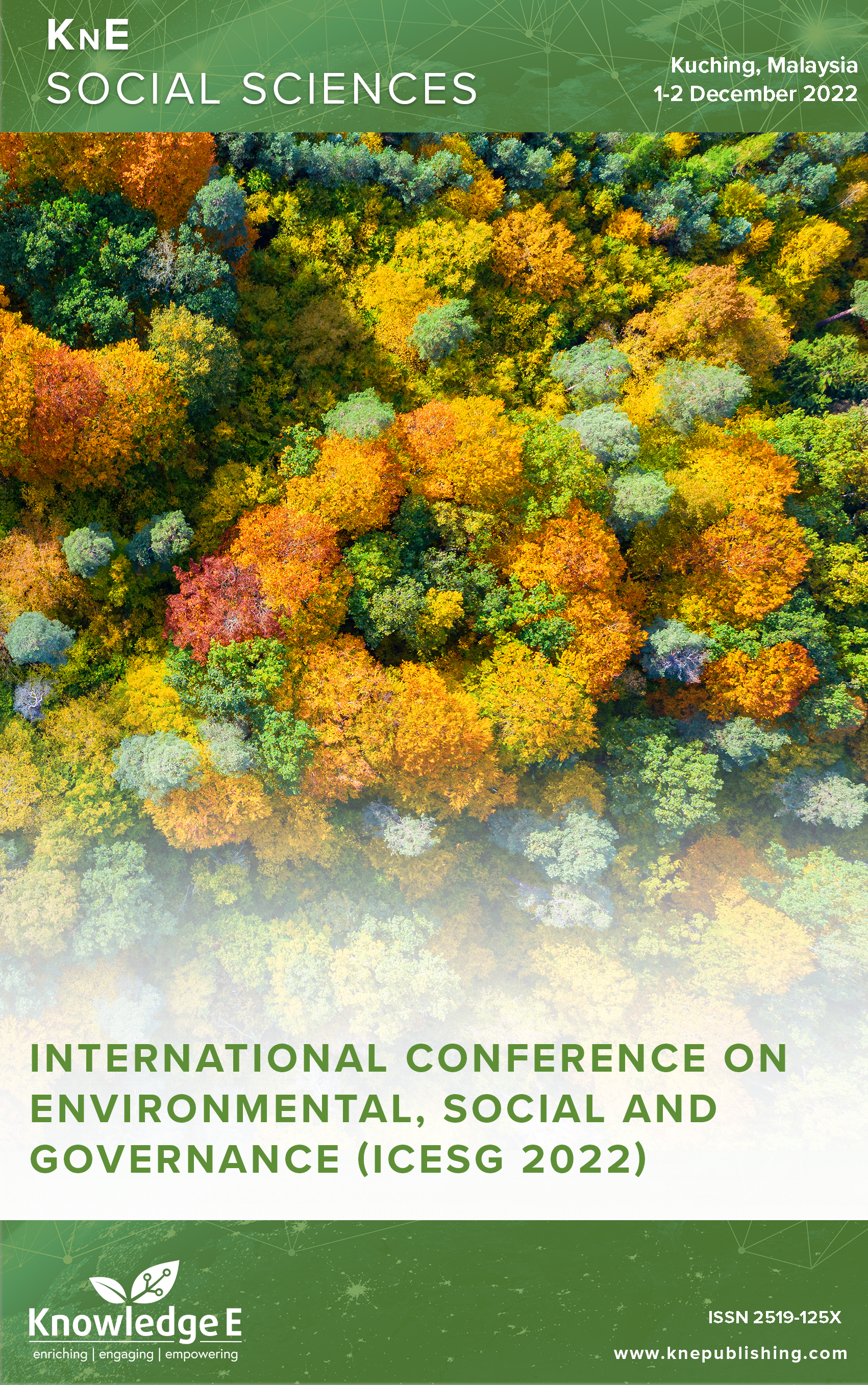Air Quality Study at Different Elevation Levels Using Drone Payload Air Quality Measurement Device (D-PAQ)
DOI:
https://doi.org/10.18502/kss.v8i20.14595Abstract
Construction sites can be found in both urban and rural areas, often in close proximity to residences. They can thus cause home pollution due to the distance and the materials used. This study aims to visualize PM2.5, PM10, temperature and humidity by producing air quality mapping and correlating parameters at the stadium and construction site. An Arduino-based air quality measurement payload device was developed to measure the air quality by different levels. The drone was used to collect air quality data by mounting the device to the drone. Measurements were taken at three different elevations for each study area, and the application software generates the air quality map based on the location coordinates. The correlation evaluation of the concentration of PM2.5 and PM10 with temperature and humidity was then determined. The results showed that the concentrations of PM2.5 and PM10 at the construction site are much higher compared to the stadium due to the construction activities nearby.
Keywords: air quality, unmanned aerial vehicle, mapping
References
[2] MK Fadzly, MF Rosli, T Amarul, and MSM Effendi. Smart air quality monitoring system using Arduino Mega. IOP Conference Series: Materials Science and Engineering. 2020. https://doi.org/10.1088/1757-899X/864/1/012215
[3] Ivan G, Nuno MG, Ciprian D, Constandinos XM, Rossitza G. Enhanced living environments state-of-the-art algorithms, architectures, platforms, and systems. Lecture Notes in Computer Science. 2019;11369. https://doi.org/10.1007/978-3-030- 10752-9
[4] Jamal HH, Pillay MS, Zalina H, Shamsul BS, Sinha K, Zaman Huri Z, Khew SL, Mazrura S, Ambu S, Rahimah A. A study of health impact and risk assessment of urban air pollution in the Klang Valley, Malaysia. Western Pacific Regional Office Manila. January 2015.
[5] Afroz R, Hassan MN, Ibrahim NA. Review of air pollution and health impacts in Malaysia. Environmental Research. 2003 Jun;92(2):71–7.
[6] Josepha W, Lanka U, Ali A, Ebrahim A, Ahmed A, Saeed A. Air quality monitoring for sustainable systems via drone based technology. IEEE. 2016. https://doi.org/10.1109/ICIAFS.2016.7946542
[7] Khan A, Schaefer D, Tao L, Miller DJ, Sun K, Zondlo MA, et al. Low power greenhouse gas sensors for unmanned aerial vehicles. Remote Sens (Basel). 2012 May;4(5):1355– 68.
[8] Aberer K, et al. OpenSense: Open community driven sensing of environment. Proceedings of the ACM SIGSPATIAL International Workshop on GeoStreaming, IWGS 2010. 2010:39–42.
[9] Piero Z, Elizabeth B, JingHong P, William GG. The CitiSense air quality monitoring mobile sensor node. Proceedings of the IPSN’12 Workshop on Mobile Sensing. 2012.
[10] Doerenbecher A, Basdevant C, Drobinski P, Durand P, Fesquet C, Bernard F, et al. Low-atmosphere drifting balloons: Platforms for environment monitoring and forecast improvement. Bulletin of the American Meteorological Society . 2016 Sep;97(9):1583–99.
[11] Rick MT et al. Avian sensor packages for meteorological measurements. Bulletin of the American Meteorological Society. Mar 2018;99(3):499-511. https://doi.org/10.1175/BAMS-D-16-0181.1
[12] Department of Environment. Air quality standards. [cited 2021 May 24]. https://www.doe.gov.my/portalv1/en/info-umum/english-air-quality-trend/108
[13] Glodová I, Lipták T, Bocko J. Usage of finite element method for motion and thermal analysis of a specific object in SolidWorks environment. Procedia Engineering. 2014 Jan;96:131–135.
[14] Khasawneh OF, Halim H, Abdullah SN, Razali SA, Algburi HR, Salleh AH. Characterization of environmental noise pollution based on noise measurement and mapping at USM engineering campus. IOP Conference Series: Materials Science and Engineering. 2020;920(1). https://doi.org/10.1088/1757-899X/920/1/012004
[15] Chooi YH, Yong EL. The influence of PM 2.5 and PM10 on Air Pollution Index (API). Faculty of Civil Engineering Universiti Teknology Malaysia. 2016:132-143.
[16] Nam E, Kishan S, Baldauf RW, Fulper CR, Sabisch M, Warila J. Temperature effects on particulate matter emissions from light-duty, gasoline-powered motor vehicles. Environmental Science & Technology. 2010 Jun;44(12):4672–7.
[17] Cuhadaroglu B, Demirci E. Influence of some meteorological factors on air pollution in Trabzon city. Energy Build. 1997;25(3):179–84.
[18] Fadi A, Al Katheeri, Muthanna AO. Concentrations of particulate matter and their relationships with meteorological variables. Sustainable Environment Research. 2013; 23(3):191-198. https://www.researchgate.net/publication/ 286384763_Concentrations_of_particulate_matter_and_their_relationships_with_meteorological_
[19] Latif MT, Abidin EZ, Praveena SM. The assessment of ambient air pollution trend in Klang Valley. World Environment. 2015;5(1):1–11.

